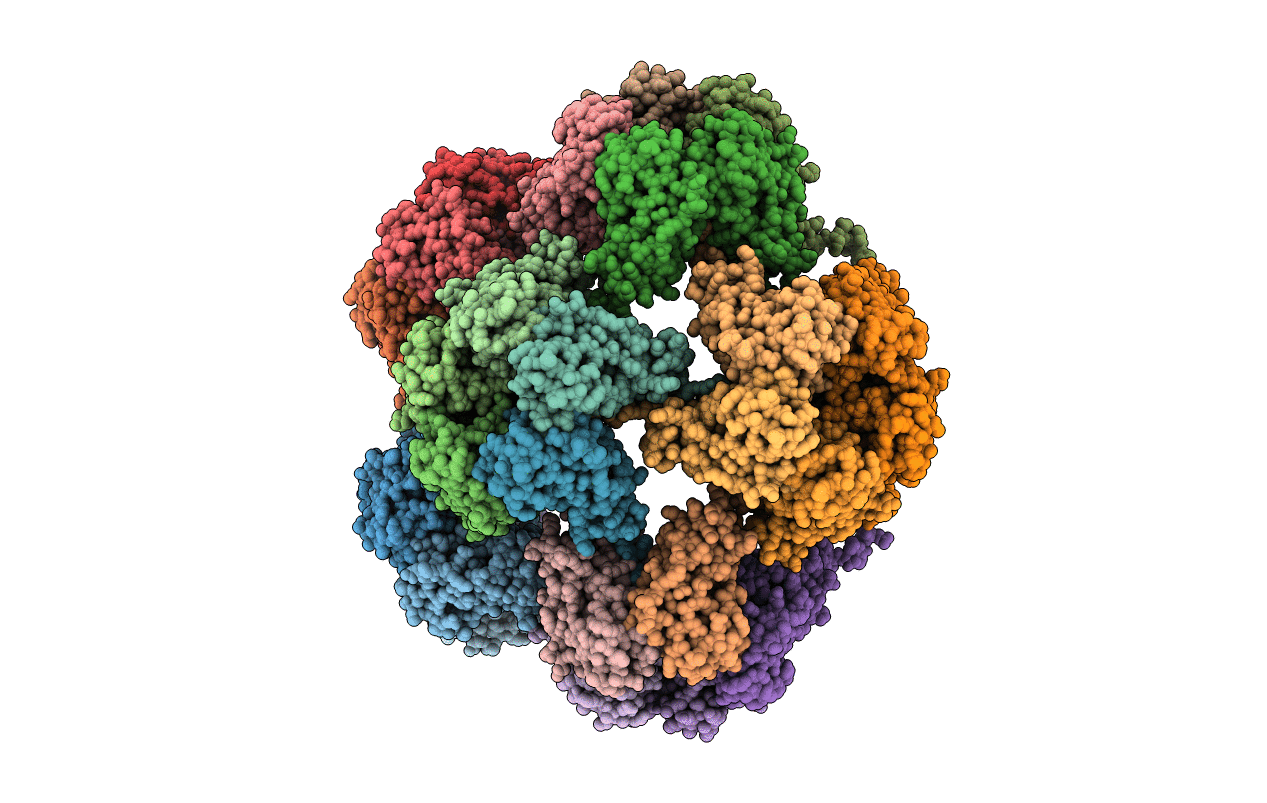
Deposition Date
2004-12-22
Release Date
2005-01-18
Last Version Date
2023-08-23
Entry Detail
PDB ID:
1YC6
Keywords:
Title:
Crystallographic Structure of the T=1 Particle of Brome Mosaic Virus
Biological Source:
Source Organism:
Brome mosaic virus (Taxon ID: 12302)
Method Details:
Experimental Method:
Resolution:
2.90 Å
R-Value Free:
0.23
R-Value Work:
0.21
R-Value Observed:
0.22
Space Group:
P 43 2 2


